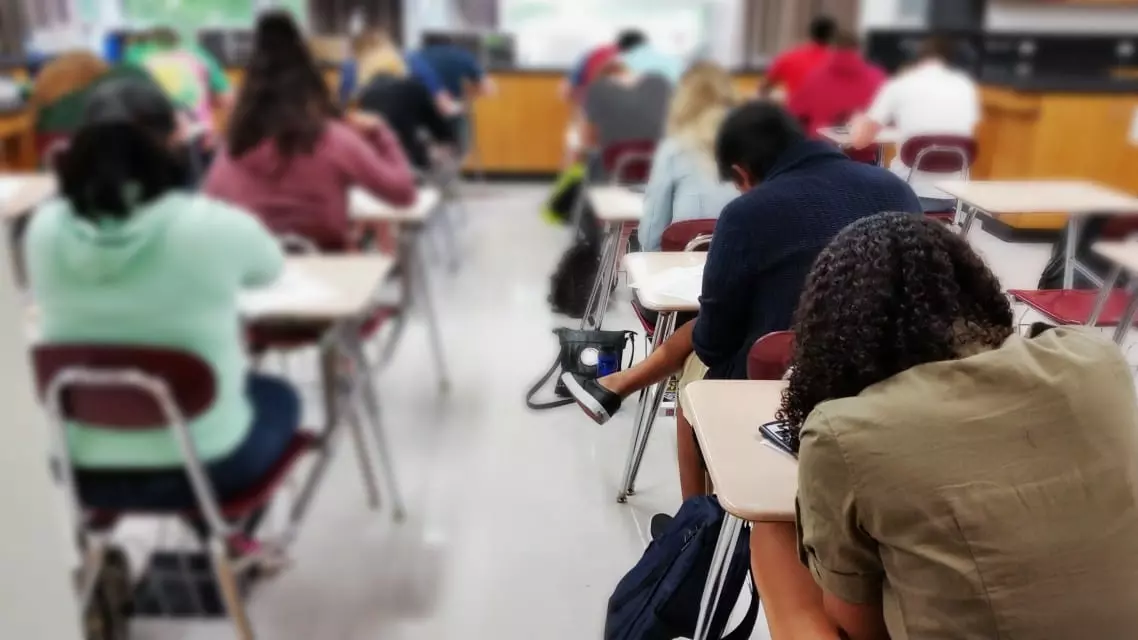
Diversity is big business in the academy. Foundations such as Ford, Carnegie, and Robert Wood Johnson support academic efforts to diversify the professoriate; and colleges and universities across the country are investing significant resources in diversity efforts. Furthermore, the academy has begun hiring chief diversity officers, following corporate sector trends — 60% of Fortune 500 companies have chief diversity officers among their top-executives.
Although the numbers of women in political science have shown modest growth over the last two decades, the number of women of color in the field has largely remained flat. Political science scholarship on minority representation in U.S. legislatures sheds light on this professional conundrum, too. This literature shows how organized women, racial and ethnic minorities, and their allies can promote diversity and inclusive practices to bring about lasting change in political science, other disciplines and higher education more broadly.
An Opportune Moment for Political Science
Research on social movements shows that, when windows of opportunity arise, activists must have the resources to change the status quo and push for policy breakthroughs. I suggest that heightened attention to institutional diversity across academia presents an opportunity that political scientists can and should seize by presenting themselves as credible stakeholders who are well-equipped to: steward institutions’ newly available resources, run innovative pilot programs, and produce returns on institutional diversity investments for both students and faculty.
Student demands will be a key resource in these efforts, but administrators can often “wait students out” — stalling student diversity efforts until a new cohort must begin afresh. Political Science is uniquely positioned to lead institutional change by using research from the discipline to encourage student activists to investigate the issues, formulate long- and short-term goals, determine the scope of their influence, identify allies and opponents, construct informed arguments, and make specific demands with measurable outcomes. This informed activism can help students leverage their status over time as students, alumni, and donors to move towards shared goals for departmental, disciplinary, and institutional change.
Political Science is attracting many undergraduate women majors. Women are faring as well as men on the discipline’s job market. They are approaching pay equity with male colleagues and increasing their presence in the ranks of full professors. In 2010, women of color comprised 13.5% of female political science faculty, more than double their share in 1980. Although this improvement remains relatively modest compared to the nearly 300% increase in women faculty over that span, the progress for women of color is promising and can act as a foundation for future diversity efforts. Nevertheless, many challenges must still be addressed — including burdens of balancing tenure-track and family responsibilities, “inhospitable” institutional climates, and research norms that discount women’s contributions to collaborative work.
Building a Diversity Infrastructure
Sheer numbers are the first requirement for building diversity infrastructure. With sufficient numbers, members of gender and racial caucuses can promote further change and build organizational capacities. Research on the impact of diversity in Congress shows that the Congressional Black, Hispanic, and Asian Pacific American caucuses encourage information and resource sharing, enhanced communication, and collective action on behalf of racial and ethnic minorities. Through caucuses, task forces, and organized voting blocs, minority legislators have kept low-salience civil rights issues on the congressional agenda despite waning public interest. Women’s and racial and ethnic caucuses in national and regional political science associations show that female political scientists can capitalize on their numbers to act as disruptive-insiders to further diversify faculties and challenge discrimination.
Buy-in from political science department heads who name search committees and from faculty making influential recommendations will be indispensable for furthering these efforts. Departmental objectives can be linked to university diversity efforts. Male faculty members should be encouraged to serve on diversity committees and act as change agents.
Thinking beyond individual departments, women’s caucuses and ethnic caucuses in political science associations could share resources and knowledge and coordinate agendas. If increasing the racial and ethnic diversity of the discipline is to be achieved, then women’s caucuses will need to work closely with race and ethnic caucuses in the discipline. Although universal sisterhood may be a worthy ideal, faculty women of color cannot be cast as handmaidens rather than full partners in the work of transforming the discipline.
Mentorship is Not Enough
The number of women of color entering political science faculties has stagnated, and many minority faculty members leave political science departments for more hospitable interdisciplinary centers. Recruitment and retention should therefore be top priorities — and that is going to take more than just mentoring programs.
Mentorship is a common answer to the challenge of recruiting, supporting, and retaining minority faculty. Mentoring, however, only teaches people how to survive in institutions. It does not necessarily attract more people to enter institutions, and it does not help them change institutions. Although the very presence of black women on academic faculties and in front of classrooms changes the academy, that is not enough. Despite widely shared good intentions, the discipline cannot rely on mentoring alone to help women of color overcome racism, sexism, and other systematic obstacles to their advancement. At best, mentoring will help women faculty of color expand their social networks, establish important professional relationships, and better navigate minefields. At worst, mentoring will help some individuals survive and advance, while maintaining longstanding power disparities in the discipline. Mentoring obviously cannot ameliorate the impediments that routinely challenge and undermine women of color at all ranks of the professoriate. Political science must lead the way in identifying and deploying all of the strategies that can bring broader progress in universities and disciplines.













